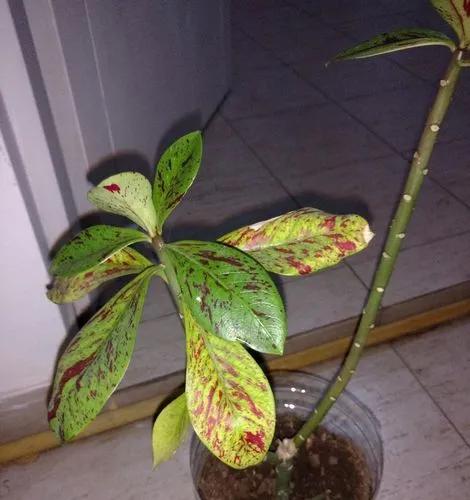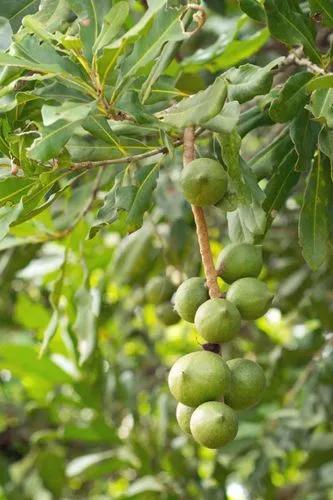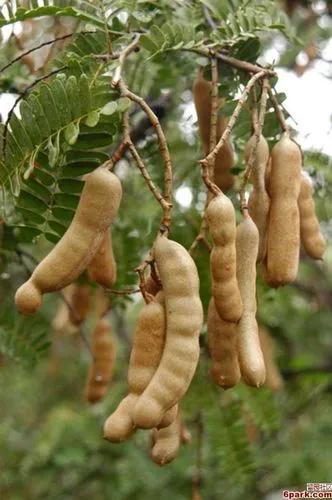Theobroma cacao or Cacao is a small, evergreen tree about 8 m in height and 30 cm in trunk diameter. It is native to Central and South America. The leaves are large, simple, and alternate, about 40 cm long and 5-20 cm broad. The flowers, small with pink calyx, occur in clusters on the trunk and older branches. It is pollinated by small flies. Fruits are ovoid, yellow to orange pods containing 20 to 60 seeds each. There are three main types of cacao: Criollio Cacaos, which originated from Central America, red-skinned, highest grade but low-yielding; Trinitario Cacaos, from Trinidad and high grade; and Forastero Cacaos, from the Amazon Basin. The seeds, known as cacao beans, are widely used to make chocolates. It is dried, fermented, and roasted to yield cocoa chocolate and cocoa butter. The fruit pulp can be eaten raw or made into juices and jealous. Although mainly cultivated for food use, cacao also has medicinal uses. It is used to stimulate the nervous system, lower blood pressure, dilates the coronary arteries, and soothes and softens damaged skin. It is also used against anemia, angina, bruises, chapped skin and burns, diarrhea, and leprosy spots. Cacao tree also provides other commodities for local use such as fiber for clothing, thread, and paper, wood for construction and implements, etc., and coverings for houses, among many other items.
Cocoa Care
Theobroma Cacao



How to Care for the Plant

Water

Regular water through the growing season and very high humidity (at least 70 percent).

Pruning

Once or twice a year, for container grown cocoa trees, prune out the top of the plant to maintain height. It grows rapidly in the summer, especially when moved outside for the growing season. It can easily add an extra 2-3’ of height during the summer and you might need to prune the top so the plant will fit in the designated indoor growing area for the winter months. If more room is available, then the plant can be allowed to grow taller, which in turn, will produce a stronger plant with more fruiting potential.

Fertilizer

Feed weekly with a weak liquid fertilizer that includes micronutrients. They are heavy feeders, especially during the growing season.

Sunlight

As a margin or understory plant, they do best with filtered sunlight. Cacao should not be exposed to direct, midday sunlight, as it will scorch the leaves.

Soil

A light, fast-draining potting soil is perfect. Good drainage is important for a healthy cacao plant.

Temperature

eep the plant damp and at temps between 65-85 degrees F. (18-29 C.) – warmer is better

Container

As the seedling grows, transplant into successively larger pots

Popularity

986 people already have this plant 143 people have added this plant to their wishlists
Discover more plants with the list below
Popular articles






